- Home
- Granule Packaging Machine
- Meat Packaging Machine
Meat Packaging Machine
Custom Packaging Machine for Meat
BG Machinery offers a wide range of packaging equipment for meats poultry, frozen chicken, sausage, biltong, Hobart meat and ground beef. 100+ Meat producers choose BG Machinery automated packaging and sealing machines for their ease of use, durability, and high speeds necessary for packaging products.
4 side seal, 3 side seal bag, Stick pack,Stand up bag, Pillow bag, Quad seal bag and Flat bottom bag is available
- Wide range of meat filling machine options
- Variety of meats is avaliable
- High speed & Low failure
- Flexbile package & Vacuum packaging
- Competitive Price with reliable quality
- On time delievry & Perfect after-sales service
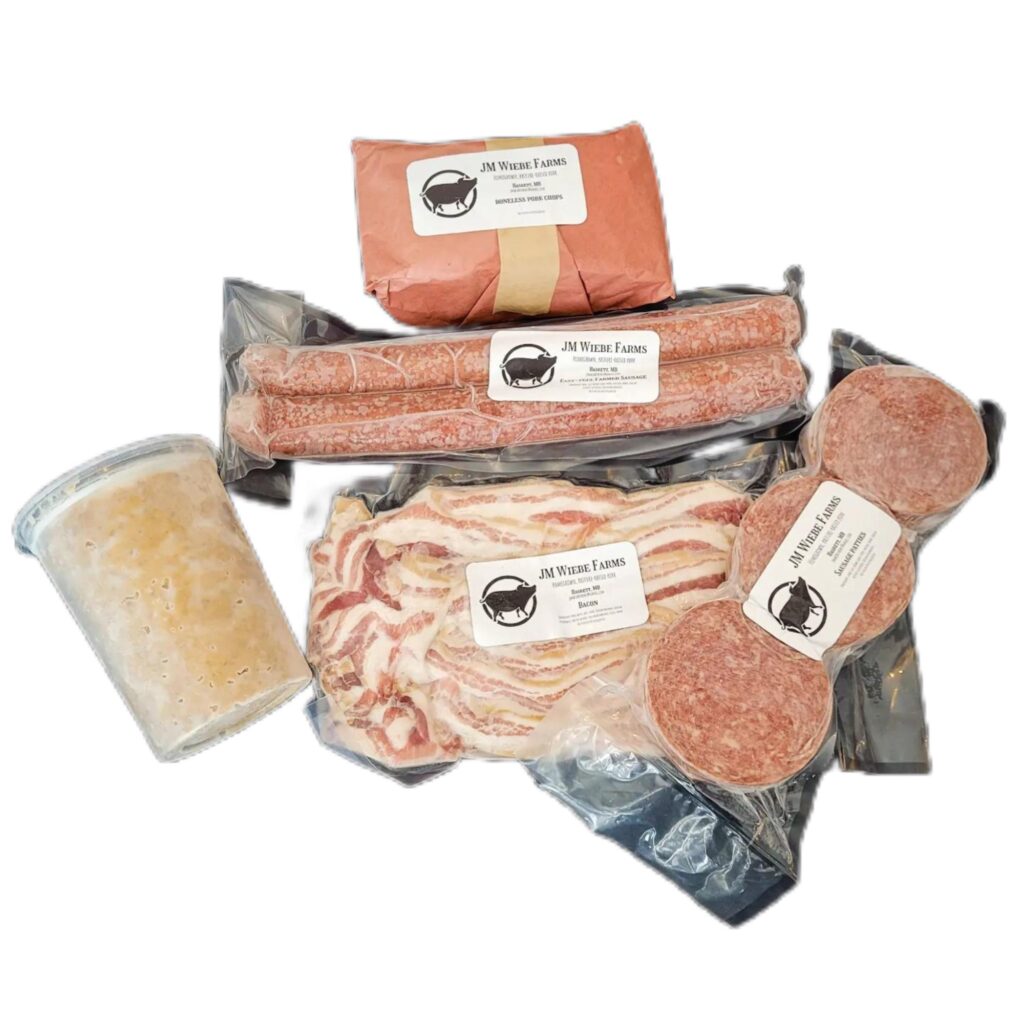
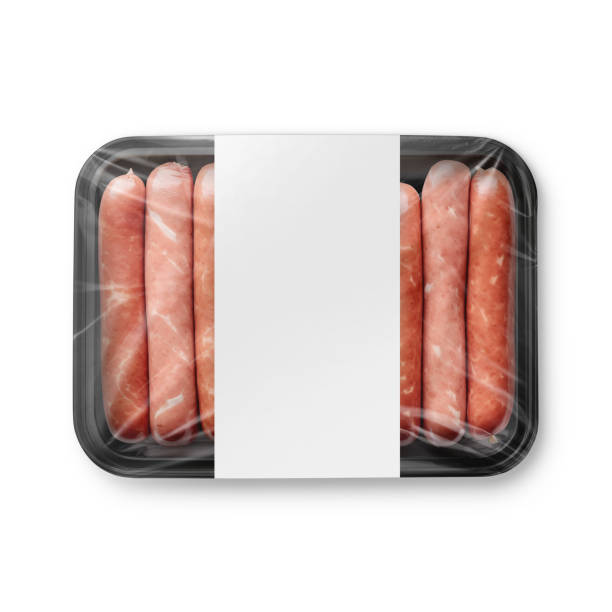
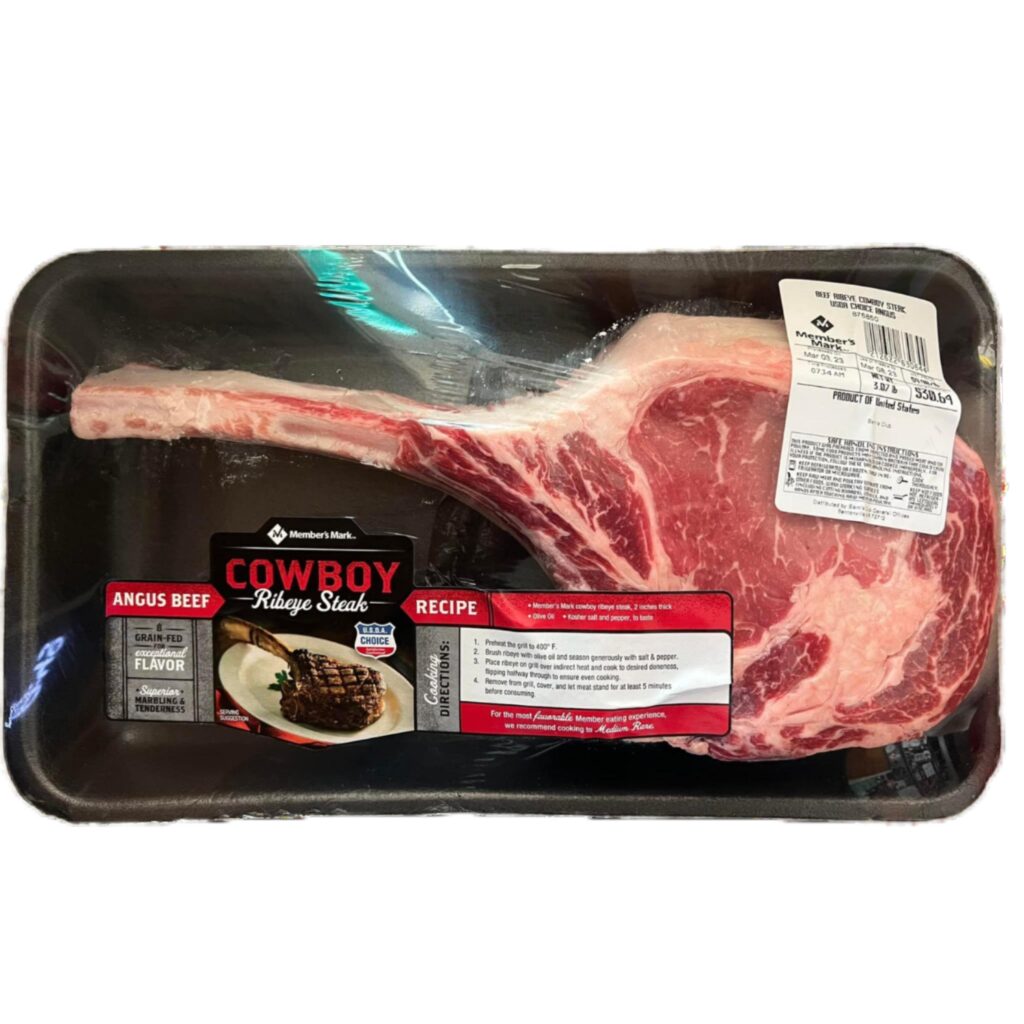
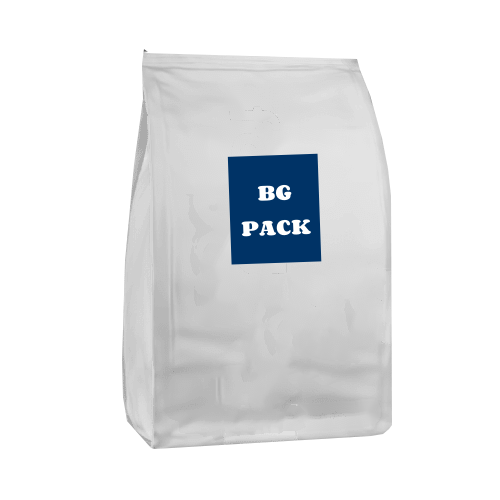
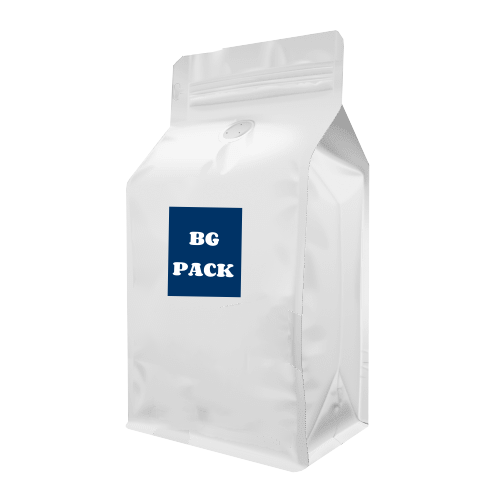
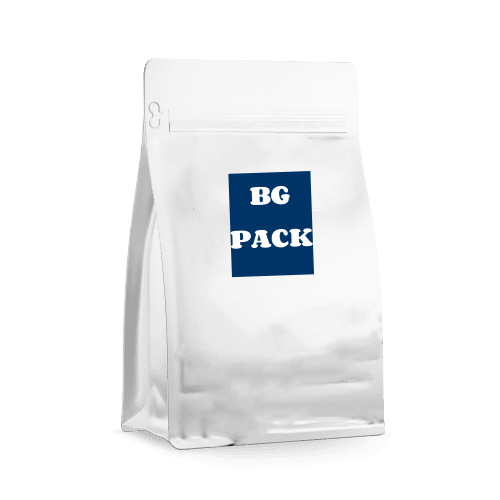
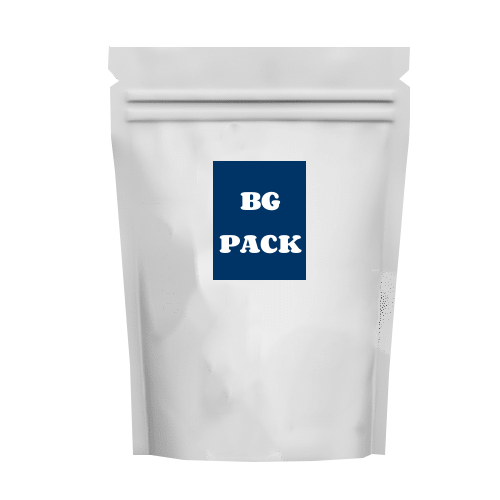
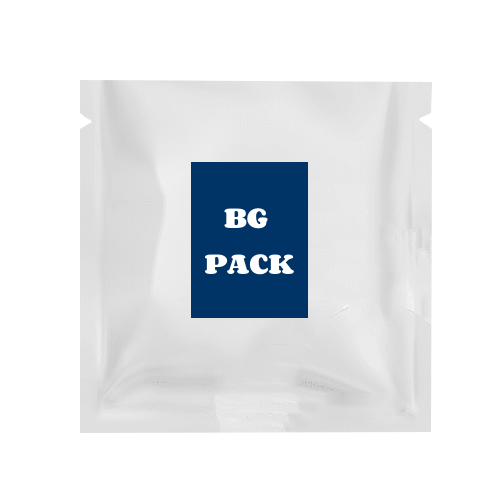
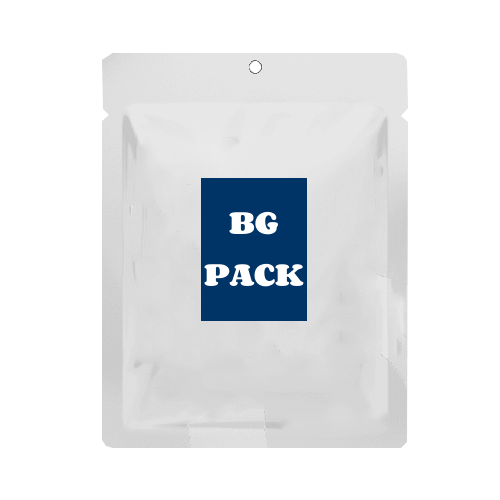
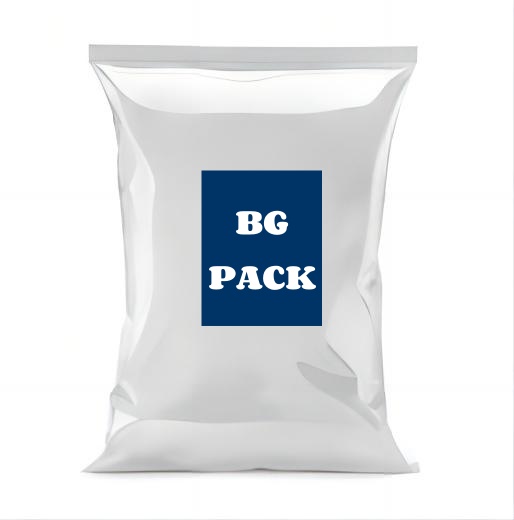
Meat Packaging Machine for Sale
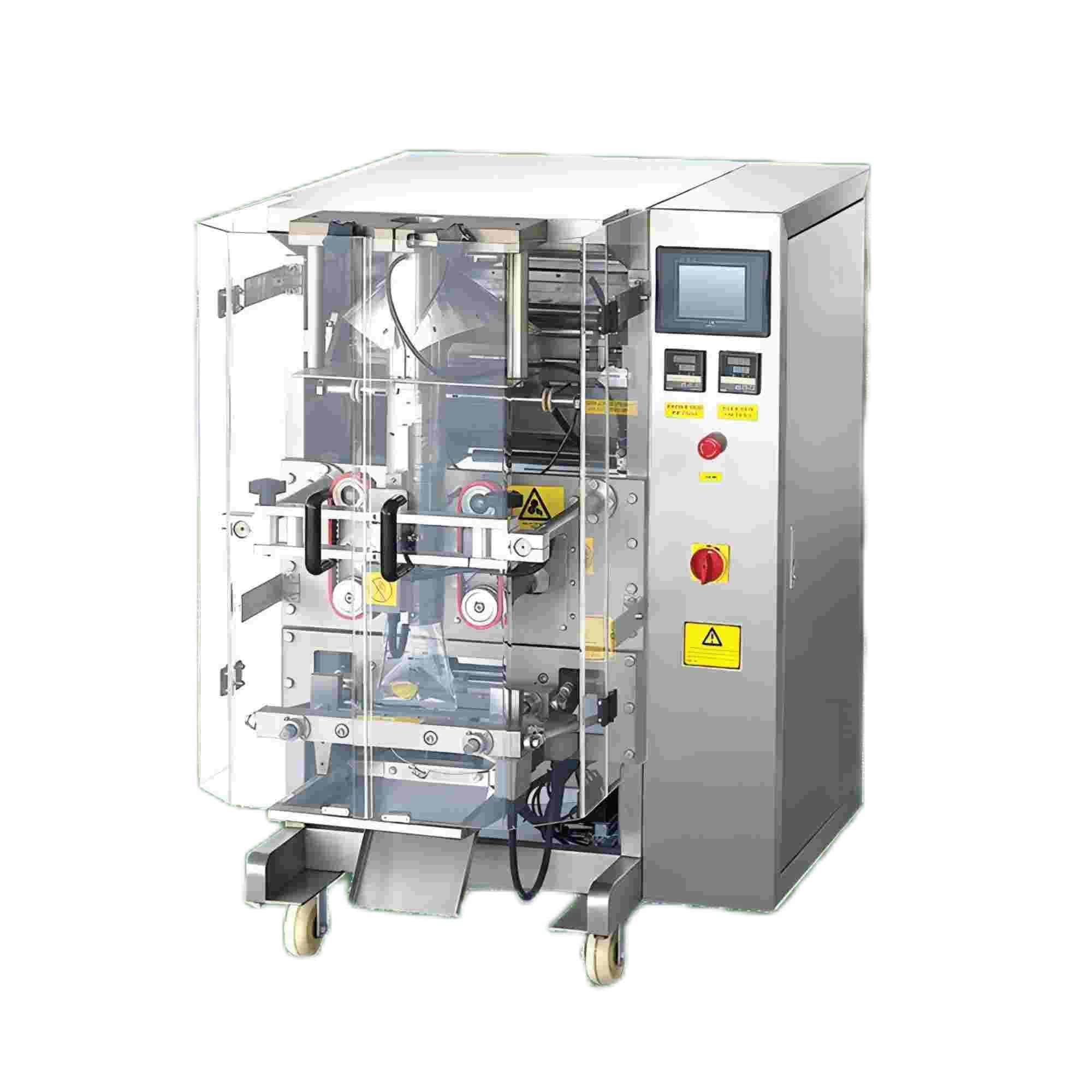
Vffs Packaging Machine
Typically used for packaging loose meat products or ground meat. The vertical orientation allows for gravity-assisted filling, which is efficient for certain types of meat textures.
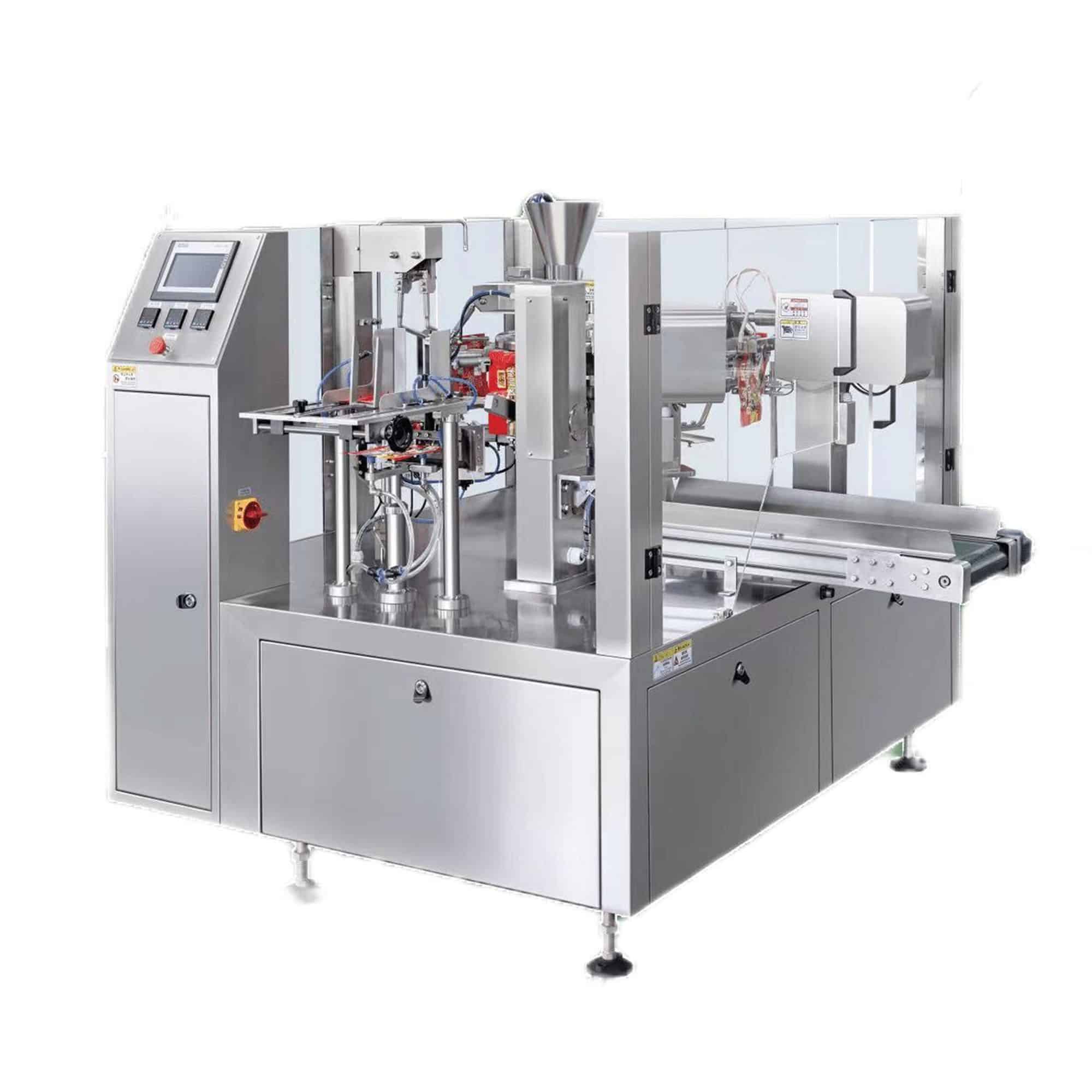
Premade Pouch Packing Machine
This machine uses premade pouches for packaging, which is suitable for both fresh and processed meats. It's beneficial for ensuring consistent package sizes and quality.
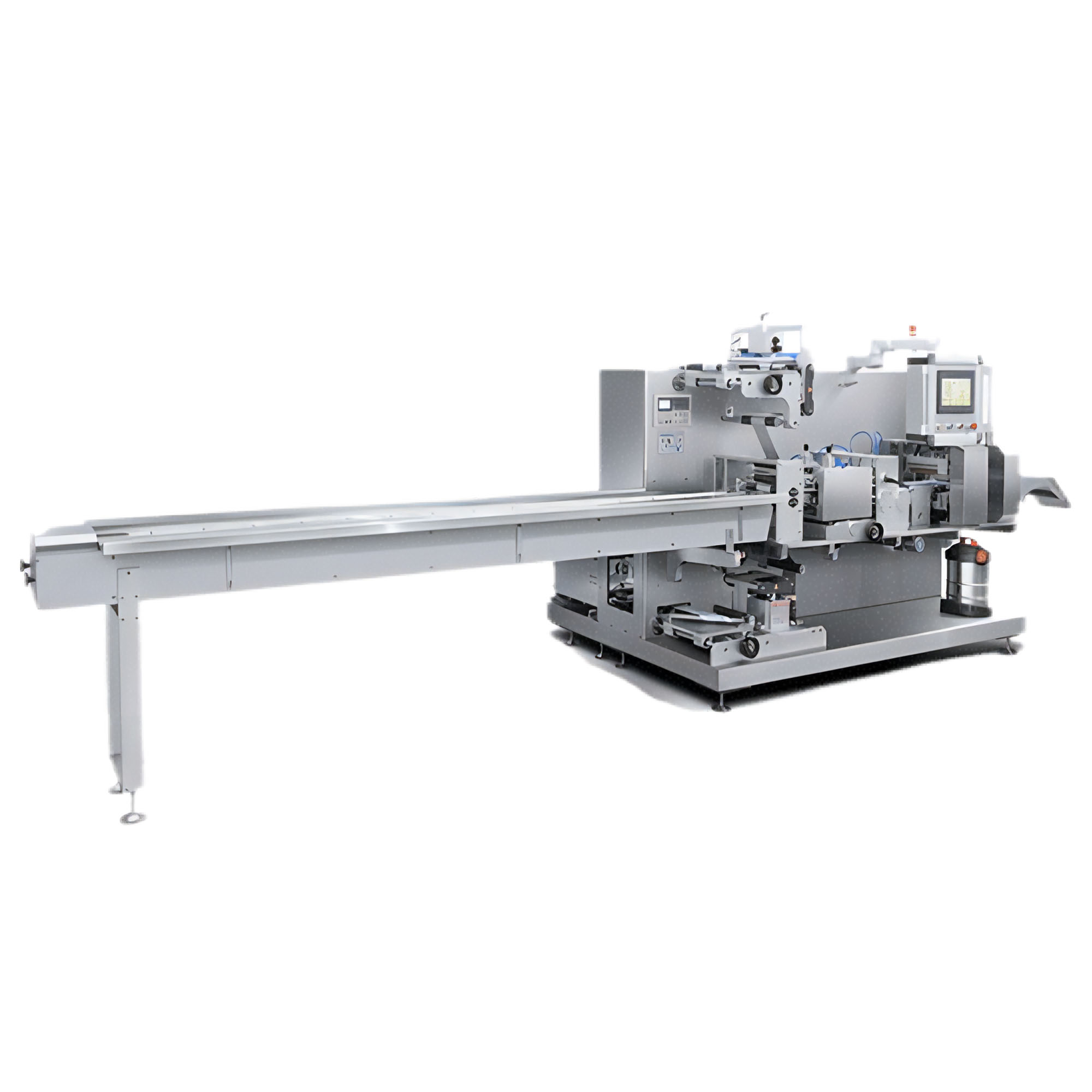
Horizontal Flow Wrapping Machine
Used for larger cuts of meat or packaged meat trays. The horizontal orientation facilitates the handling of heavier and bulkier meat products with precision.
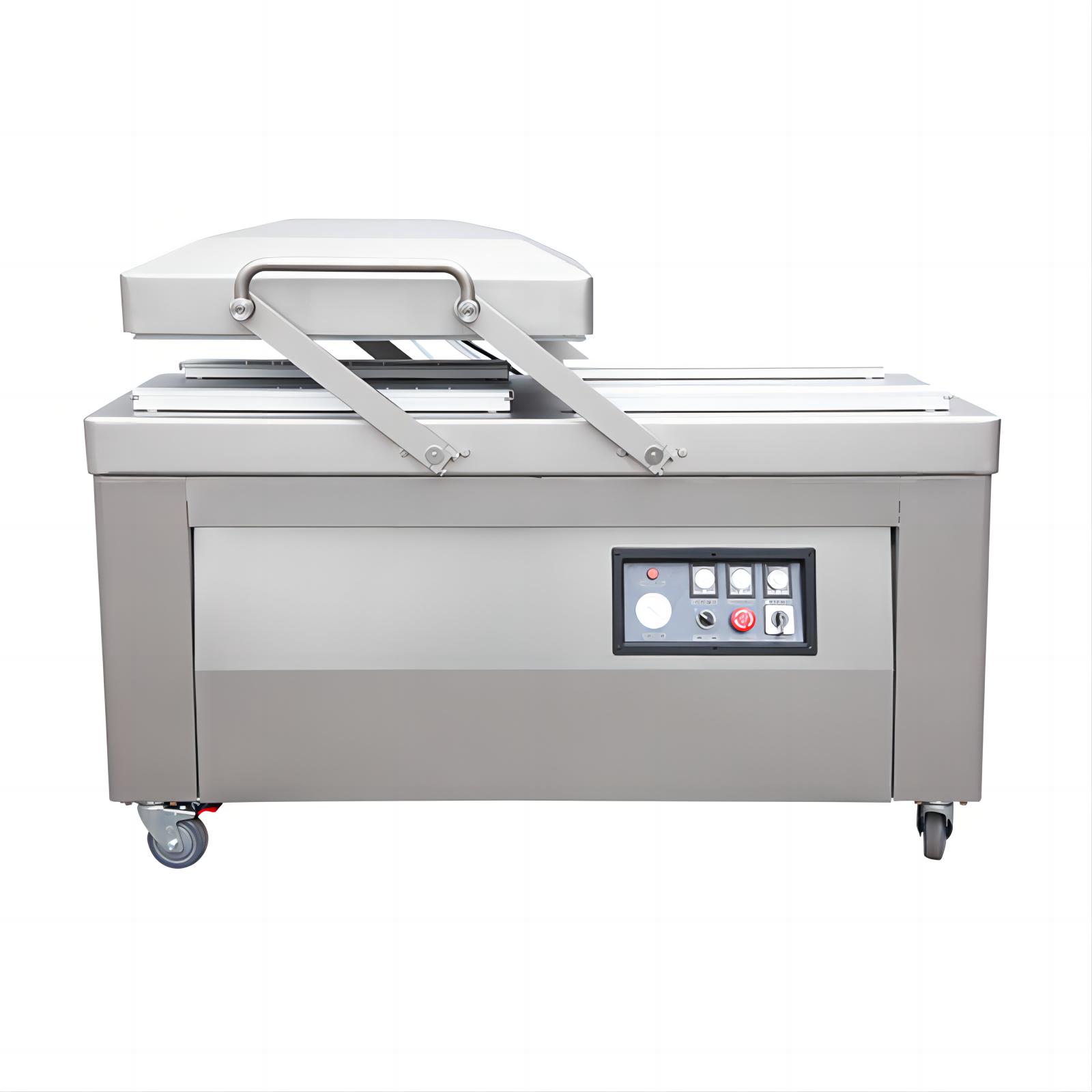
Meat Chamber Vacuum Sealer
This device is essential for extending the shelf life of meat products by removing air from the package before sealing. It's particularly useful for processed meats and specialty cuts.
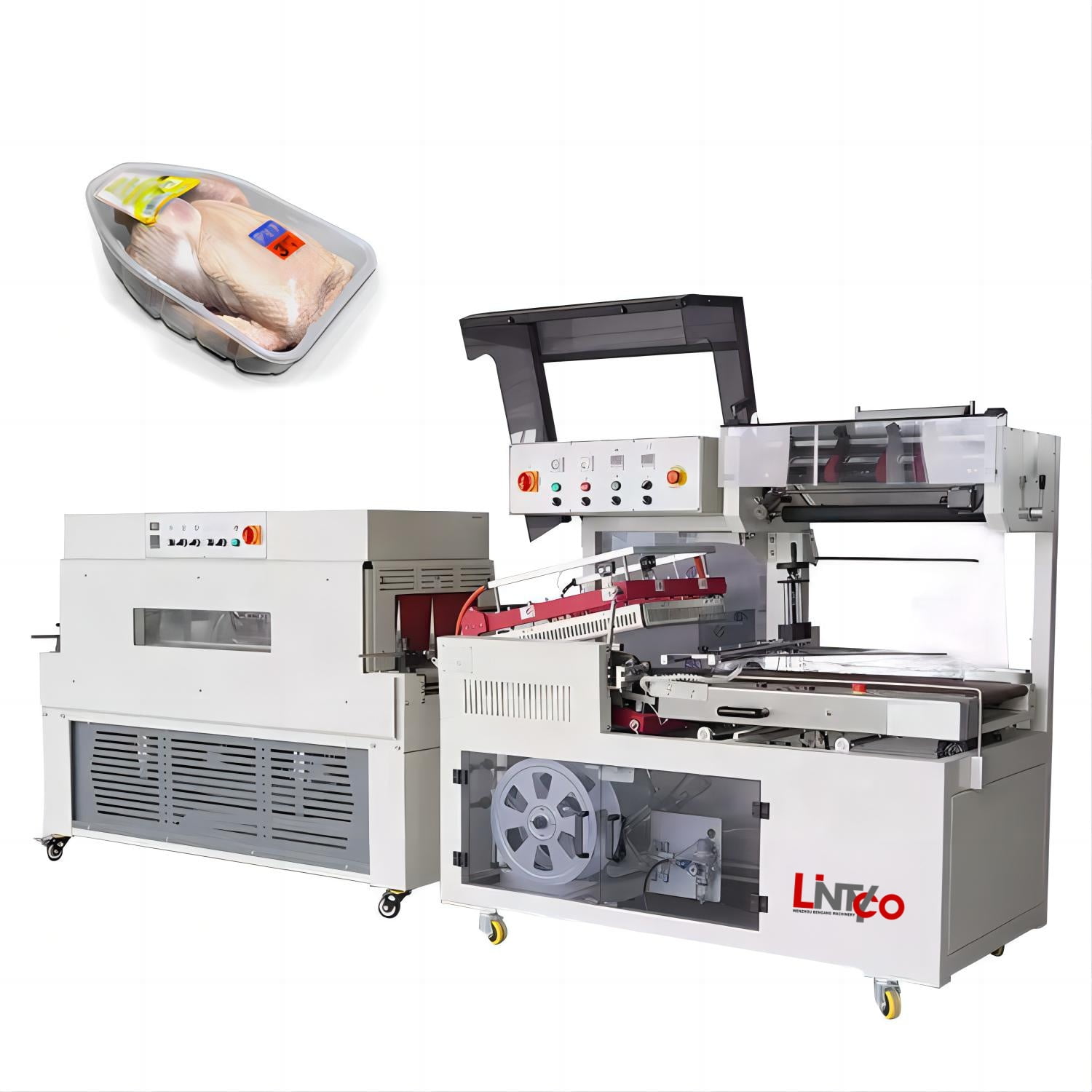
Meat Shrink Wrap Machine
Employed to tightly wrap meat products in a plastic film, which is then heated to shrink tightly around the meat. This method is commonly used for both aesthetic appeal and barrier protection.
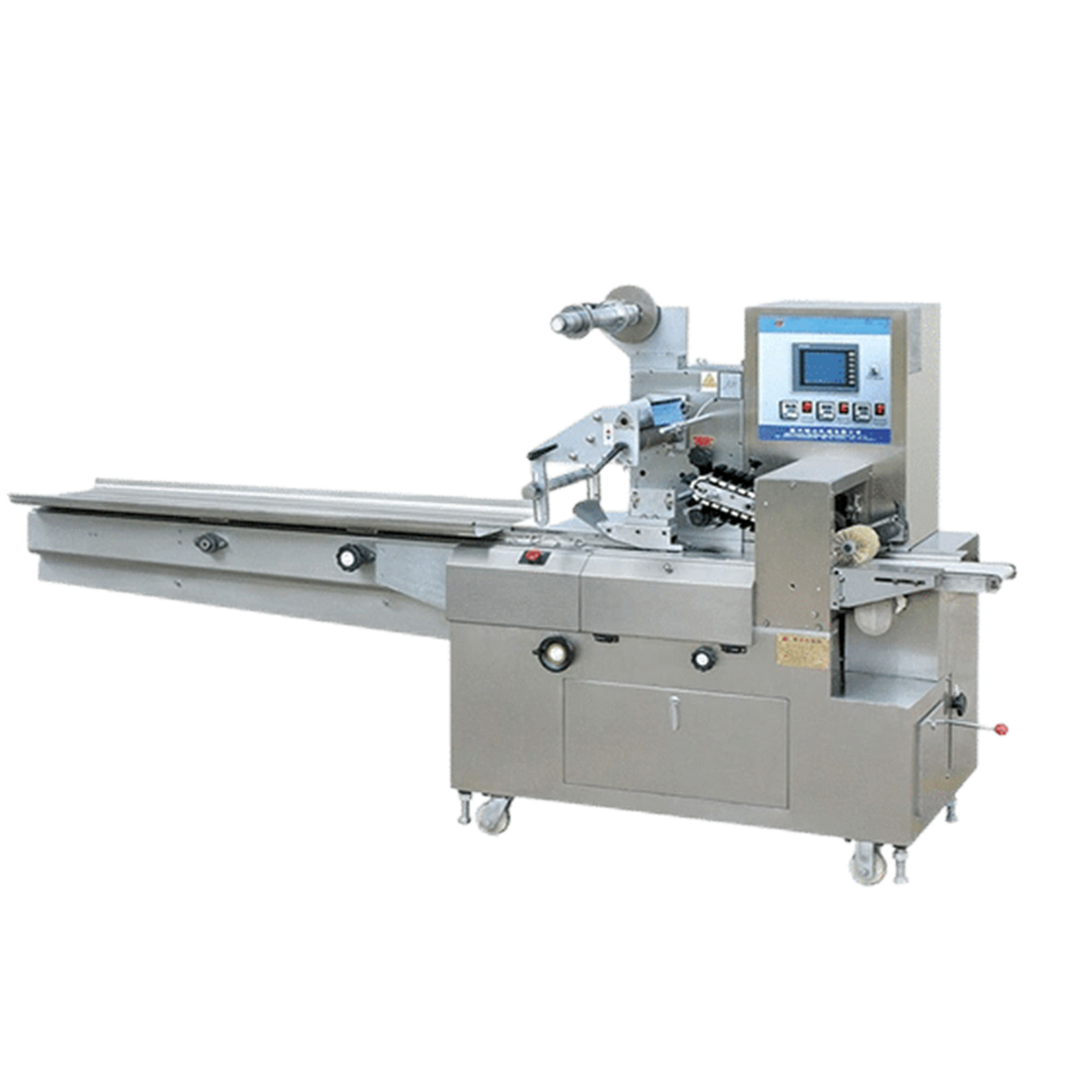
Sausage Packaging Machine
Specialized for packaging sausages, ensuring tight and uniform packaging which is crucial for maintaining product integrity and shelf life.
Video Gallery
Meat Packing Machine Video

Skyrocket Your Business with BG Machinery
How can we order the right machine?
How can we check your machine quality after we place an order?
You will receive photos and videos of the machine every 5-10 days so that you can assess its running condition. In addition, you’re welcome to check the machine by yourself at our factory.
Why we should choose you?
- Professional team 24 hours provide service for you
- 12 months warranty
- Life time technical support no matter how long you have bought our machine
- Oversea service is available.
What about your payment?
T/T by bank account directly L/C at sight
Ultimate Guide
Meat Packing Equipment : The Complete Guide 2025
Table of Contents
Meat packing equipment plays a crucial role in the efficient and hygienic processing of meat products. From slaughtering to packaging, a wide range of machinery is employed to ensure the safety and quality of the final product. This comprehensive FAQ guide will provide you with an in-depth understanding of the various types of meat packing equipment available in 2024.
What is Meat Packing Equipment?
Meat packing equipment encompasses a diverse range of machines used in the processing of meat products. These machines perform various tasks, including slaughtering, skinning, cutting, grinding, mixing, and packaging.
Types of Meat Packing Equipment
The meat packing industry utilizes a wide variety of equipment, each designed for a specific purpose. Some of the most common types include:
- Slaughterhouses: These facilities house the equipment used to humanely slaughter animals and process their carcasses.
- Skinners: These machines remove the skin from animals, preparing them for further processing.
- Cutters: Cutters are used to divide carcasses into smaller pieces, such as steaks, chops, and roasts.
- Grinders: Grinders reduce meat into smaller particles, creating ground beef, sausage, and other products.
- Mixers: Mixers combine different ingredients, such as meat, spices, and seasonings, to create various meat products.
- Packaging Machines: These machines package meat products in various formats, including vacuum-sealed bags, shrink-wrapped trays, and canned goods.
What is the Meat Packing Process?
The meat packing process is a series of steps that transform animal carcasses into packaged meat ready for consumption. It typically involves the following stages:
- Slaughtering: Animals are humanely killed in accordance with regulatory standards.
- Skinning and Evisceration: The hide is removed, and internal organs are extracted from the carcass.
- Carcass Processing: The carcass is divided into large sections called primal cuts (e.g., loins, ribs).
- Cutting and Trimming: Primal cuts are further processed into sub-primal or retail cuts, with excess fat and bone removed.
- Chilling or Freezing: The meat is rapidly cooled to prevent bacterial growth and maintain quality.
- Packaging: The meat is sealed in appropriate packaging to preserve freshness and protect against contamination.
- Quality Control and Inspection: Throughout the process, the meat is inspected to ensure safety and compliance with health regulations.
Sanitation is a critical aspect at every stage to prevent contamination. The specific process may vary slightly depending on the type of meat (e.g., beef, pork, or poultry) and the scale of the operation, but these steps outline the standard commercial approach.
What is the Best Packaging for Meat?
The “best” packaging for meat depends on factors such as the type of meat, desired shelf life, transportation needs, and consumer preferences. Below are the most common packaging options, along with their advantages and ideal use cases:
- Vacuum-Sealed Packaging:
- Advantages: Extends shelf life by removing air, preventing oxidation and bacterial growth; protects against freezer burn for frozen meat.
- Drawbacks: Less visually appealing for retail displays.
- Best for: Long-term storage, shipping, or situations where extended freshness is a priority.
- Modified Atmosphere Packaging (MAP):
- Advantages: Replaces air with a specific gas mixture to prolong freshness while keeping the meat looking fresh; great for retail settings.
- Drawbacks: Requires precise control of gas mixtures and can be more expensive.
- Best for: Supermarket displays where visual appeal and moderate shelf life are key.
- Tray and Plastic Wrap:
- Advantages: Cost-effective, allows consumers to see the meat, and easy to stack.
- Drawbacks: Offers a shorter shelf life and is more vulnerable to contamination if mishandled.
- Best for: Short-term storage or local sales where affordability is a priority.
- Sustainable Packaging:
- Advantages: Uses recyclable or biodegradable materials, appealing to eco-conscious consumers.
- Drawbacks: May be less effective at preserving meat quality and often costs more.
- Best for: Premium or organic meats where sustainability enhances market appeal.
Vacuum-sealed packaging is often the best overall choice due to its versatility, ability to extend shelf life, and cost-effectiveness, making it ideal for shipping or storage. However, for retail environments where presentation matters, MAP or tray and plastic wrap might be preferred.
Factors to Consider When Choosing Meat Packing Equipment
Selecting the right meat packing equipment requires balancing operational needs, safety, and cost. Here are the key factors to consider:
- Capacity and Throughput: Equipment should match the volume of meat processed—high-speed machines for large operations, smaller systems for artisanal setups.
- Type of Meat: Different meats (e.g., beef vs. poultry) may need specialized cutting or packaging tools.
- Sanitation and Hygiene: Choose equipment that’s easy to clean (e.g., made of stainless steel) to ensure food safety and prevent contamination.
- Automation Level: Automated systems reduce labor costs and improve consistency but require higher initial investment.
- Flexibility: Equipment that can handle multiple cuts or packaging types is ideal for diverse product lines.
- Cost: Evaluate both upfront costs and long-term expenses like maintenance and operation.
- Space Requirements: Ensure the equipment fits your facility’s layout without disrupting workflow.
- Energy Efficiency: Opt for machines that lower energy use to reduce costs and environmental impact.
- Safety Features: Look for safety guards and emergency stop mechanisms to protect workers.
- Regulatory Compliance: Equipment must meet food safety and worker protection standards.
- Packaging-Specific Needs: For vacuum-sealing or MAP, ensure the equipment can effectively remove air or control gas mixtures and create secure seals.
- Integration and Scalability: Choose equipment that works with existing systems and can grow with your business.
- After-Sales Support: Reliable maintenance and spare parts availability minimize downtime.
Troubleshooting Common Issues in Meat Packing Equipment
Meat packing equipment plays a crucial role in the efficient and hygienic processing of meat products. However, like any machinery, it can encounter occasional issues that can disrupt operations. Here’s a comprehensive guide to troubleshooting common problems in meat packing equipment:
1. Equipment Malfunctions:
- Electrical issues: Check for loose connections, blown fuses, or faulty wiring.
- Mechanical failures: Inspect gears, bearings, and other moving parts for wear or damage.
- Hydraulic problems: Ensure proper fluid levels and check for leaks or blockages in the hydraulic system.
2. Product Quality Issues:
- Inconsistent slicing: Adjust the blade sharpness, thickness settings, and conveyor speed.
- Poor packaging: Check the packaging material, sealing mechanisms, and vacuum levels.
- Contamination: Inspect equipment surfaces for cleanliness and ensure proper sanitation procedures are followed.
3. Safety Concerns:
- Electrical hazards: Ensure proper grounding and insulation to prevent electrical shocks.
- Mechanical hazards: Guard moving parts and wear appropriate safety gear.
- Ergonomic issues: Adjust equipment height and positioning to minimize strain and discomfort.
4. Maintenance and Repair:
- Regular maintenance: Follow manufacturer’s recommendations for cleaning, lubrication, and inspections.
- Preventive maintenance: Schedule regular checkups to identify potential issues before they become major problems.
- Emergency repairs: Have a plan in place for quick repairs in case of equipment failure.
5. Troubleshooting Tips:
- Isolate the problem: Determine the specific equipment or component causing the issue.
- Check for obvious causes: Inspect for loose parts, blockages, or leaks.
- Refer to manuals: Consult the equipment’s user manual for troubleshooting guidance.
- Contact the manufacturer: If the issue persists, reach out to the equipment manufacturer for technical support.
Future Trends in Meat Packing Equipment
The meat packing industry is constantly evolving, and so is the equipment used to process meat. In recent years, there have been a number of significant advancements in meat packing equipment, and these trends are expected to continue in the years to come.
Automation and Robotics
One of the most significant trends in meat packing equipment is the increasing use of automation and robotics. This technology can help to improve efficiency, reduce labor costs, and improve safety. For example, automated systems can be used to sort and weigh meat, while robots can be used to perform tasks such as cutting and packaging.
Sustainability
Another important trend in meat packing equipment is the focus on sustainability. This includes using equipment that is energy-efficient, water-efficient, and environmentally friendly. For example, some meat packing plants are now using solar panels to generate electricity, and others are using rainwater harvesting systems to reduce water consumption.
Food Safety
Food safety is a top priority for meat packing plants, and the equipment used to process meat must meet strict safety standards. This includes equipment that is designed to prevent contamination and ensure that meat is processed in a sanitary environment. For example, some meat packing plants are now using metal detectors to identify and remove foreign objects from meat products.
Traceability
Traceability is becoming increasingly important in the meat packing industry. This refers to the ability to track meat products from the farm to the consumer. This information can be used to identify and recall products in the event of a food safety issue. For example, some meat packing plants are now using RFID tags to track meat products throughout the supply chain.
Ideal Custom Packing Machine From BG Machinery
Meat packing equipment is essential for the efficient and hygienic processing of meat products. By understanding the different types of equipment available and the factors to consider when choosing them, you can make informed decisions that will optimize your meat packing operations. As the industry continues to evolve, new and innovative equipment will emerge, further enhancing the safety, quality, and efficiency of meat processing.
Want to Get Meat Packaging Machine Price?

Why We're Different


